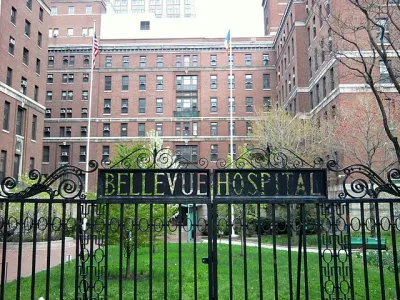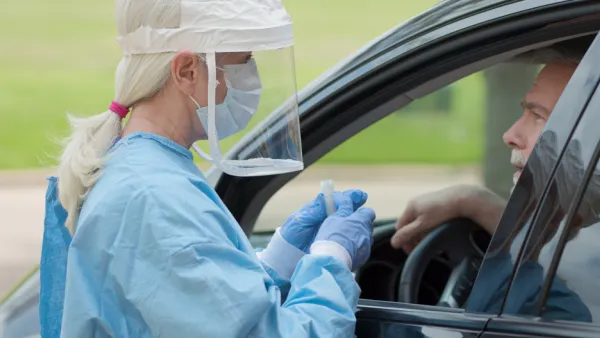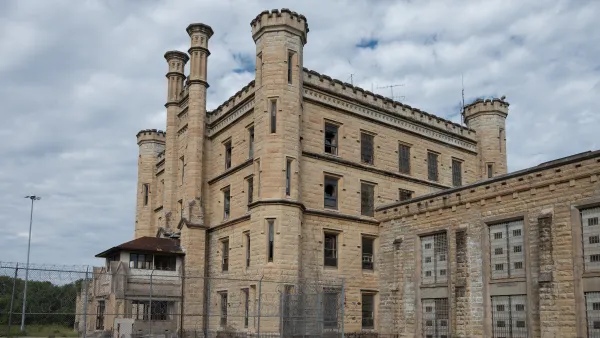For doctors trying to provide mental health care to people who are incarcerated or detained by the New York City Department of Corrections, city jails pose a challenge — and provide an opportunity.

The average jail or prison bears little resemblance to a therapist’s office, a community mental health clinic, an inpatient psychiatric facility, or any other therapeutic environment. Indeed, the restrictive and often chaotic jail or prison environment can exacerbate or even cause mental health problems for people inside. The use of solitary confinement is only the most extreme example. So how does a criminal justice system organized around security and punishment provide therapeutic care? Could there ever be room for privacy, tranquility, or other preconditions of emotional growth? As national problems of mental health care and criminal justice become more and more interwoven, these are not hypothetical questions.
Today, NYC Health and Hospitals operates one of the nation’s largest correctional health care services, including providing comprehensive mental health care to people in the criminal justice system from before they are arraigned to after their release from detention. NYC Health and Hospitals also administers inpatient psychiatric services at Bellevue and Elmhurst Hospitals and four borough court clinics. Dr. Elizabeth Ford is NYC Health and Hospitals’ Chief of Psychiatry for Correctional Health Services (CHS). She spent 15 years working in Bellevue Hospital’s inpatient psychiatric unit for men held at Rikers Island, beginning as a psychiatric intern and becoming director of the program. In 2014, satisfied with the changes to patient care implemented at the hospital, and concerned with the state of care in the jails themselves, Dr. Ford went to work at Rikers. From her office there, where the window is reinforced with double barbed wire and the sound of planes taking off from La Guardia Airport regularly intervenes, she talked to UO. Ford spoke about the challenges of treating mental health patients in a punitive environment, to the changes CHS has been bringing to spaces of confinement and treatment on Rikers Island, and the kind of mental health system that could serve New Yorkers better, both in and out of the criminal justice system.
FULL STORY: Where Care Meets Confinement

Analysis: Cybertruck Fatality Rate Far Exceeds That of Ford Pinto
The Tesla Cybertruck was recalled seven times last year.

National Parks Layoffs Will Cause Communities to Lose Billions
Thousands of essential park workers were laid off this week, just before the busy spring break season.

Retro-silient?: America’s First “Eco-burb,” The Woodlands Turns 50
A master-planned community north of Houston offers lessons on green infrastructure and resilient design, but falls short of its founder’s lofty affordability and walkability goals.

Test News Post 1
This is a summary

Analysis: Cybertruck Fatality Rate Far Exceeds That of Ford Pinto
The Tesla Cybertruck was recalled seven times last year.

Test News Headline 46
Test for the image on the front page.
Urban Design for Planners 1: Software Tools
This six-course series explores essential urban design concepts using open source software and equips planners with the tools they need to participate fully in the urban design process.
Planning for Universal Design
Learn the tools for implementing Universal Design in planning regulations.
EMC Planning Group, Inc.
Planetizen
Planetizen
Mpact (formerly Rail~Volution)
Great Falls Development Authority, Inc.
HUDs Office of Policy Development and Research
NYU Wagner Graduate School of Public Service



























